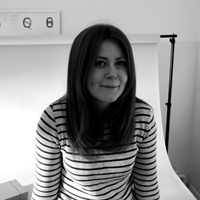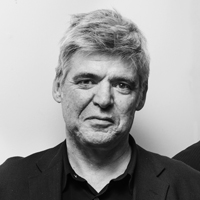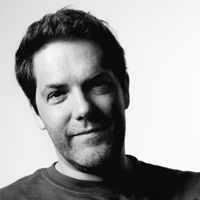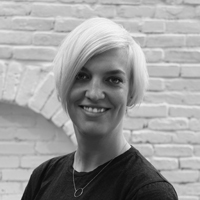6 reasons design education is failing the creative industry
These design industry professionals pull no punches – but also suggest how they would improve things.
Is design education failing its students? How big is the gulf between education and industry – and are graduates equipped to hit the real world running?
These are just three of many huge questions marks hanging over design education in the UK. Here, six leading creative professionals debate what's wrong with higher education – and suggest what they would do to fix it…
01. Lack of Government support

According to Neville Brody, dean at the School of Communication, Royal College of Art, design education needs more support from the Government.
"Design is key to our economic and cultural future, and must be taught at every level of education," he says. "Government should be funding – not penalising – art and design education. We should engage with science, engineering, technology, information design, art, society, communication and commerce. We have the knowledge, history, vision and adventure to innovate, so let us grab the opportunity!'
02. False impression of the industry

"We've stopped respecting design education," says Gemma Germains, creative strategist at Well Made Studio. "We expect colleges to teach employability and blame them when graduates fail to find fulfilling roles. Most work in the industry is very dull. We need to stop pretending it isn't. Then our youngest talent can use education for its true purpose: to imagine and create better alternatives."
03. Students aren't prepared

Hamish Muir is co-founder of 8vo and British studio MuirMcNeil. He's also a part-time lecturer. For him, the problem is deep-rooted: "In a word: university. And in some other words: professional educators; pedagogues; quality assurance; a funding model that inhibits studio-based activities."
"Re-establish independent design schools. Abolish foundation courses. Create four-year courses. Make the first year of study free – teach drawing, colour, composition and basic design skills, five days a week, studio-based, attendance mandatory. Only students with the appropriate aptitude and attitude would progress beyond year one."
Get the Creative Bloq Newsletter
Daily design news, reviews, how-tos and more, as picked by the editors.
04. More skills need to be taught

"I'd get students to master as many skills as possible, and fail them if they didn’t," says Rian Hughes, director at device fonts. "I'd train students to brainstorm a dozen viable ideas in 30 minutes, not two weeks. Is that too harsh? Maybe – but in one of my first jobs out of the cosseted world of art college, having taken a few days to doodle ideas, I was taken aside and told: 'Rian, if you can't give me a dozen usable ideas in a morning, you’re no use to me.'"
05. Not enough practical emphasis

"I would like to see students better prepared for the practical aspects of working as a designer," suggests Holly Karlsson, director of Shillington School (US).
"How you sell your ideas, use written agreements to protect yourself, maintain schedules, manage budgets and hit deadlines. Most of us learnt these lessons as we went along, learning from our mistakes. Though these skills might not be of immediate concern for a junior, they are fundamental to the industry."
06. Education isn't the same as experience

Filmmaker and author Paul Wyatt is an advocate of real-world experience: "There's isn't anything 'wrong' with design education," he reasons. "It's just that it can't replicate the motivating fear of a client deadline, or the experience of working in an industry with people of different ages, abilities and opinions."
Watch Paul Wyatt's film The Workshop which documents an attempt to bridge the gap between academia and the creative industry.
Illustration: Tommy Parker
What do you think is wrong with design education today? Let us know in the Comments below...
This article first appeared in Computer Arts issue 232, a design education special packed with insight, inspiration and behind-the-scenes access to the world's most exciting creative minds.

Thank you for reading 5 articles this month* Join now for unlimited access
Enjoy your first month for just £1 / $1 / €1
*Read 5 free articles per month without a subscription

Join now for unlimited access
Try first month for just £1 / $1 / €1
The Creative Bloq team is made up of a group of design fans, and has changed and evolved since Creative Bloq began back in 2012. The current website team consists of eight full-time members of staff: Editor Georgia Coggan, Deputy Editor Rosie Hilder, Ecommerce Editor Beren Neale, Senior News Editor Daniel Piper, Editor, Digital Art and 3D Ian Dean, Tech Reviews Editor Erlingur Einarsson, Ecommerce Writer Beth Nicholls and Staff Writer Natalie Fear, as well as a roster of freelancers from around the world. The ImagineFX magazine team also pitch in, ensuring that content from leading digital art publication ImagineFX is represented on Creative Bloq.
